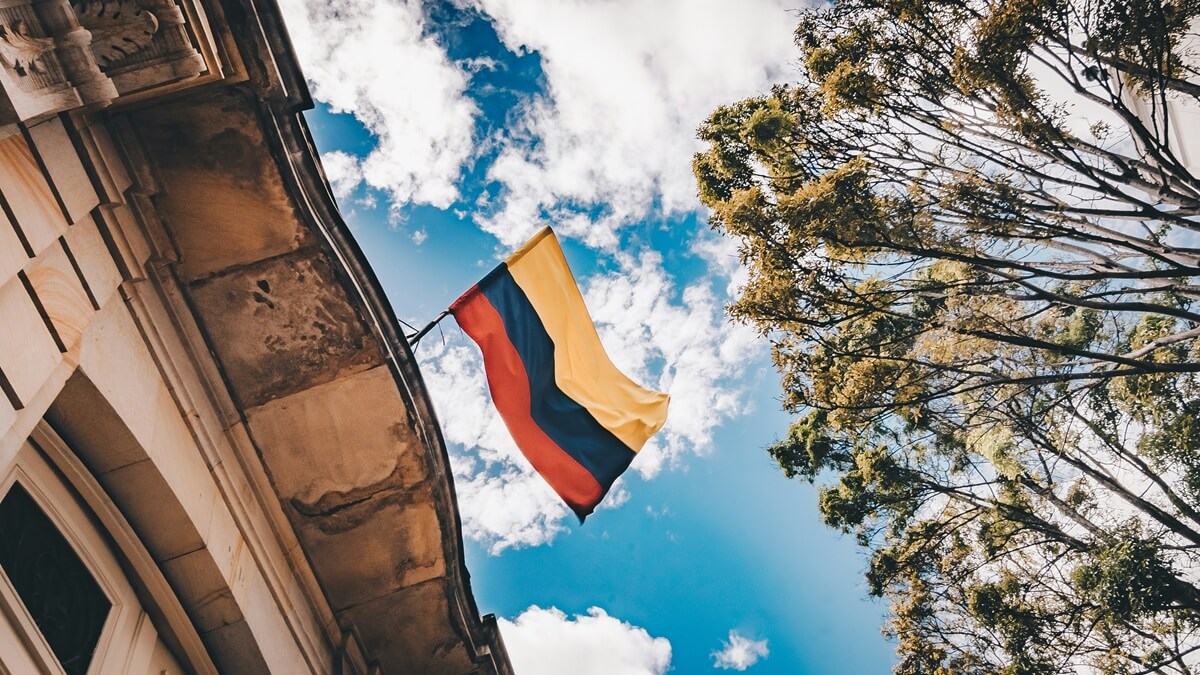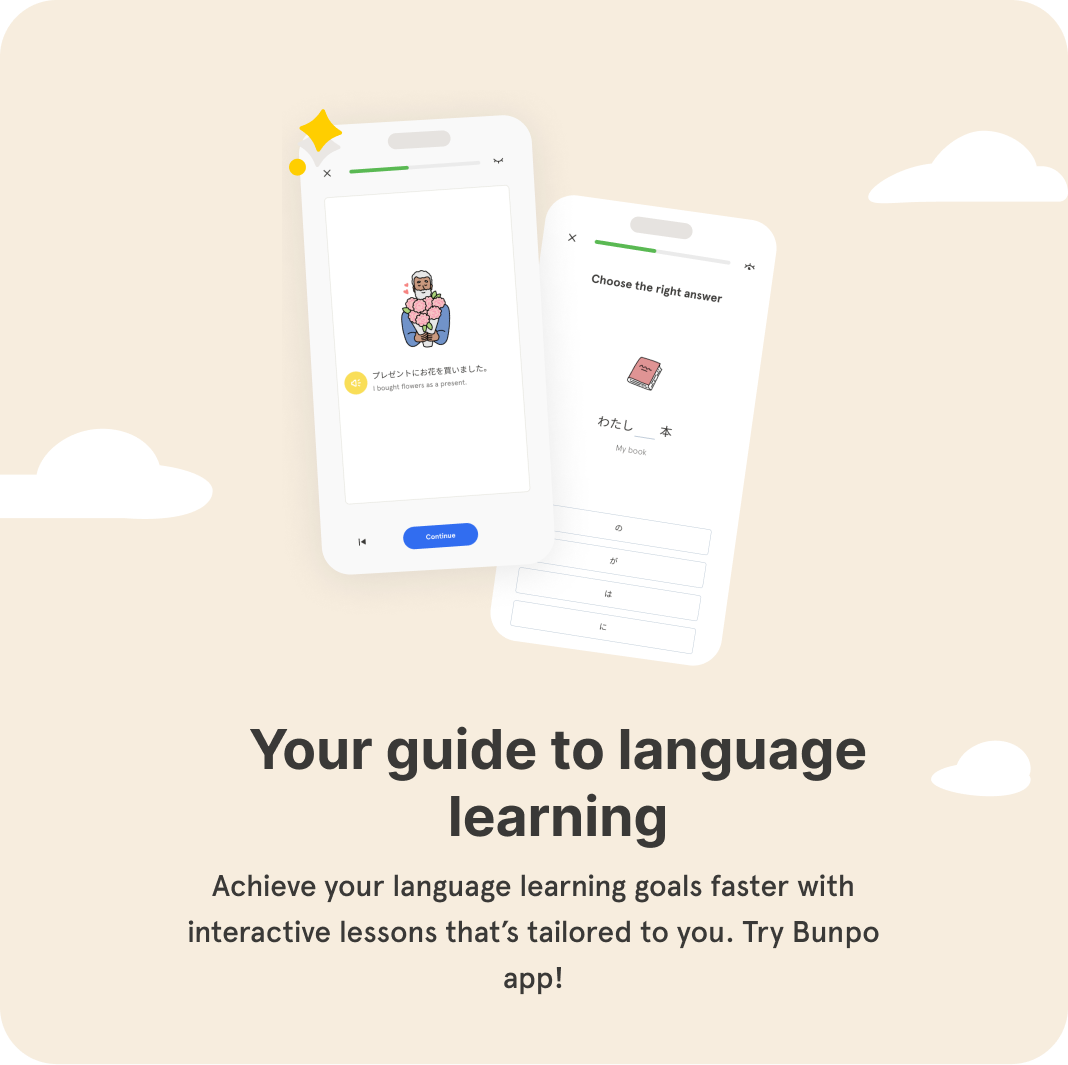
Colombia is less a country—it’s a collection of accents, rhythms, and personalities that shift the moment you cross a regional boundary. Nowhere is this more evident than in slang. Colombians twist Spanish into new shapes depending on the region, adorning their vocabulary with humor, pride, and plenty of attitude.
Whether you’re planning a trip, brushing up on Spanish, or just want to sound less like a textbook, here’s a breakdown of Colombian slang across regions—from greetings to insults to terms of affection.
Bogotá (Cundiboyacense Spanish)
The capital city has a reputation for more formal Spanish, but don’t be fooled—bogotanos have plenty of slang.
- ¿Qué más, pues?
- A casual “What’s up?” (less formal than ¿cómo estás?).
- Camello
- Work or a job. Estoy lleno de camello = “I’m swamped with work.”
- Paila
- Something went wrong. ¡Qué paila! = “What a mess.”
- Mono / Mona linda
- An affectionate way to refer to a blonde man or woman, often flirty.
Medellín & Antioquia (Paisa Spanish)
The Paisa region is famous for its sing-song accent and its parce culture.
- Parce / Parcero(a)
- Buddy, friend. The Paisa equivalent of “bro.”
- ¿Qué más, pues?
- Greeting with that distinctive Paisa rhythm.
- Gonorrea
- A very rude swear word meaning “jerk” or worse (literally a disease—use with caution).
- Amor / Amorcito
- Common terms of affection. Paisas sprinkle words of love into everyday speech.
Cali & Valle del Cauca (Caleño Spanish)
Cali is salsa, sun, and fast, musical speech.
- Quiubo / Quihubo
- A super common greeting, like “Hey, what’s up?”
- Vea pues
- Expression of surprise or disbelief.
- Mijo / Mija
- Literally “my son/daughter,” but used affectionately with friends or lovers too.
- Guaro
- Short for aguardiente, Colombia’s national drink.
Caribbean Coast (Costeño Spanish)
Along the coast, words fly quickly, vowels fall off, and wit is sharp.
- Ajá
- A versatile word: can mean “okay,” “right,” “uh-huh,” or even “so what?” depending on tone.
- Ñero / Ñera
- Friend or partner. (Note: also common in Bogotá/urban slang; usage varies by region.)
- Mamagallista
- Someone who is always joking around.
- Papi / Mami
- Endearments or flirty nicknames, often used even with strangers.
Santander & Bucaramanga (Santandereano Spanish)
Santander is renowned for being straightforward, and that shows in its slang.
- Opa
- Greeting, like “Hey!”
- Chévere
- Cool or nice. Common all over Colombia, but often heard here too.
- Jeta
- Mouth, often in a put-down: cierre la jeta = “Shut up.”
- Mi reina / Mi rey
- Sweet pet names.
Nariño & Pasto (Pasto Spanish)
Close to Ecuador, Nariño slang borrows from across the border.
- Ñaño / Ñaña
- Brother/sister, also used for close friends.
- Güevón
- Depending on tone: “dude,” “idiot,” or a fond nickname among friends.
- Vea
- Common exclamation, like “Look!” or “Hey!”
- Cariñito
- Tender way to call someone “sweetheart.”
Amazon & Orinoquía Regions
Less documented for slang, but still full of colorful expressions.
- Llave
- Close friend, like “the key” to your life.
- Chévere
- Cool (widespread in Colombia, also heard here).
- Amorcito / Corazoncito
- Super-sweet love terms.
Takeaways
Colombian slang is more than words—it’s a window into each region’s personality.
- Bogotá keeps it laid-back but with a hint of sass.
- Medellín and Paisa country are all about friendship and sharp insults.
- Cali mixes love with rhythm.
- The coast thrives on humor and charm.
- Santander speaks bluntly and affectionately.
- Nariño is rooted in family-style warmth.
- The Amazon and Orinoquía bring sweetness and loyalty.
So the next time you’re in Colombia, listen closely. A quick ajá in Cartagena or parce in Medellín will tell you exactly where you are—and maybe even win you a few amigos.



